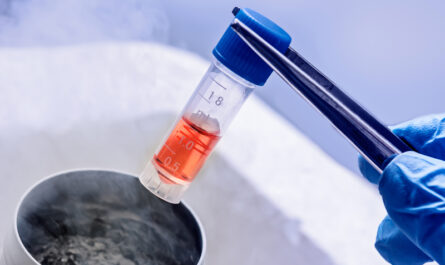
Thebaine is an important opium alkaloid that has numerous pharmaceutical applications. Found in opium poppy plant varieties, it was first isolated in 1833 and named after the ancient Greek city of Thebes. While thebaine itself has little analgesic effects, it serves as an important starting material in the synthesis of various analgesic and therapeutic opioids. In this article, we will explore thebaine in detail including its origins, chemical properties, production process, uses and significance.
Origins and Occurrence
Thebaine occurs naturally in some varieties of opium poppy plants (Papaver somniferum). It is one of over 50 alkaloids that are found in opium derived from these plants. The concentration of thebaine in opium can vary greatly depending upon the variety and growing conditions but average around 2-3% by weight. Varieties specially bred to increase thebaine content can contain upwards of 10%. Commercially, thebaine is extracted from opium or prepared synthetically from other opioids. The largest producers include Turkey, India and Australia due to ideal climatic conditions for poppy cultivation.
Chemical Properties
Thebaine is a white crystalline powder that is weakly alkaline. Its chemical formula is C19H21NO3 and molecular weight is 307.37 g/mol. Like other opioids, it has analgesic effects but also stimulates the central nervous system. Thebaine is classified as a morphinan-type alkaloid due to its structural similarity to other naturally occurring opioids like morphine and codeine. The key functional groups include an aromatic benzylisoquinoline skeleton, phenolic hydroxyl group and tertiary amine. These properties allow it to interact with opioid receptors in the brain and body.
Production Process
Industrial production of thebaine begins with harvesting the dried latex from opium poppy capsules. This raw opium extract contains a mixture of alkaloids that are separated by acid-base extraction. The acidic fraction containing thebaine is collected and purified through crystallization. Alternatively, thebaine can also be produced semi-synthetically from cheaper starting materials like oripavine, which is then transformed through catalytic hydrogenation and ozonolysis. Whichever method is used, high purity thebaine (>98%) suitable for pharmaceutical needs is obtained. Production mainly occurs in large processing facilities to meet global demand for this precursor chemical. Strict regulation and controls are in place due to addiction risks with opium-derived products.
Pharmaceutical Uses
While thebaine itself is not used directly as a medicine, it serves as an indispensable starting material for the manufacture of various opioids via chemical transformations. Some key applications include:
– Oxycodone: By treating thebaine with nitric acid and hydrogenation, oxycodone is produced. It is an important active ingredient in painkillers like Percocet and OxyContin.
– Hydrocodone: Hydrocodone is a potent semi-synthetic opioid cough suppressant and analgesic. It is made from thebaine through several chemical steps.
– Naloxone: This important opioid antagonist used to reverse overdoses is derived from thebaine. It saves thousands of lives each year.
– Buprenorphine: A partial opioid agonist used to treat opioid addiction, buprenorphine’s synthesis relies on thebaine as the precursor.
– Etorphine/Diprenorphine: Ultra-potent veterinary anesthetic/opioids starting from thebaine.
Due to thebaine’s pivotal role in the manufacturing process, its global production and supply is critical for ensuring availability of many essential opioids and pain relievers throughout the world.
Significance and Future Outlook
As one of the few opioids that can be safely and inexpensively isolated from natural sources, thebaine remains extremely important commercially. The global market for its key derivatives like oxycodone is in the billions and continues rising with aging populations and greater pain management needs. Although total production has increased in recent decades, reserves are finite and subject to political instability in producer nations. Alternative synthetic routes from petrochemicals or plant-based sources are being researched to diversify supply chains. With responsible production and regulation, thebaine is projected to remain integral for synthesizing opioid drugs well into the future. New applications may also emerge from ongoing opioid research involving novel derivatives and analogs. Overall, as modern medicine’s reliance on opiates endures, so does the significance of this unique alkaloid from opium poppy plants.
*Note:
1. Source: Coherent Market Insights, Public sources, Desk research
2. We have leveraged AI tools to mine information and compile it


